-
The difference between hydroxypropyl methylcellulose HPMC and methylcellulose MC
HPMC is hydroxypropyl methylcellulose, which is a non-ionic cellulose mixed ether made from refined cotton after alkalization, using propylene oxide and methyl chloride as etherification agents, and through a series of reactions. The degree of substitution is generally 1.2~2.0. Its properties are...Read more -
Cellulose Ether
Cellulose ether is made from cellulose through the etherification reaction of one or several etherification agents and dry grinding. According to the different chemical structures of ether substituents, cellulose ethers can be divided into anionic, cationic and nonionic ethers. Ionic cellulose et...Read more -

Hydroxypropyl Methyl Cellulose HPMC Properties
Hydroxypropyl methylcellulose HPMC is a kind of non-ionic cellulose mixed ether. Different from ionic methyl carboxymethyl cellulose mixed ether, it does not react with heavy metals. Due to the different ratios of methoxyl content and hydroxypropyl content in hydroxypropyl methylcellulose and dif...Read more -

Application of hydroxypropyl methylcellulose in gypsum mortar
Application experiment test of hydroxypropyl methylcellulose: 1. Strength test: After testing, gypsum-based hydroxypropyl methylcellulose has good tensile bonding strength and compressive strength. 2. Anti-sagging test: No sag when one-pass construction is applied in thick layers, and no sag when...Read more -
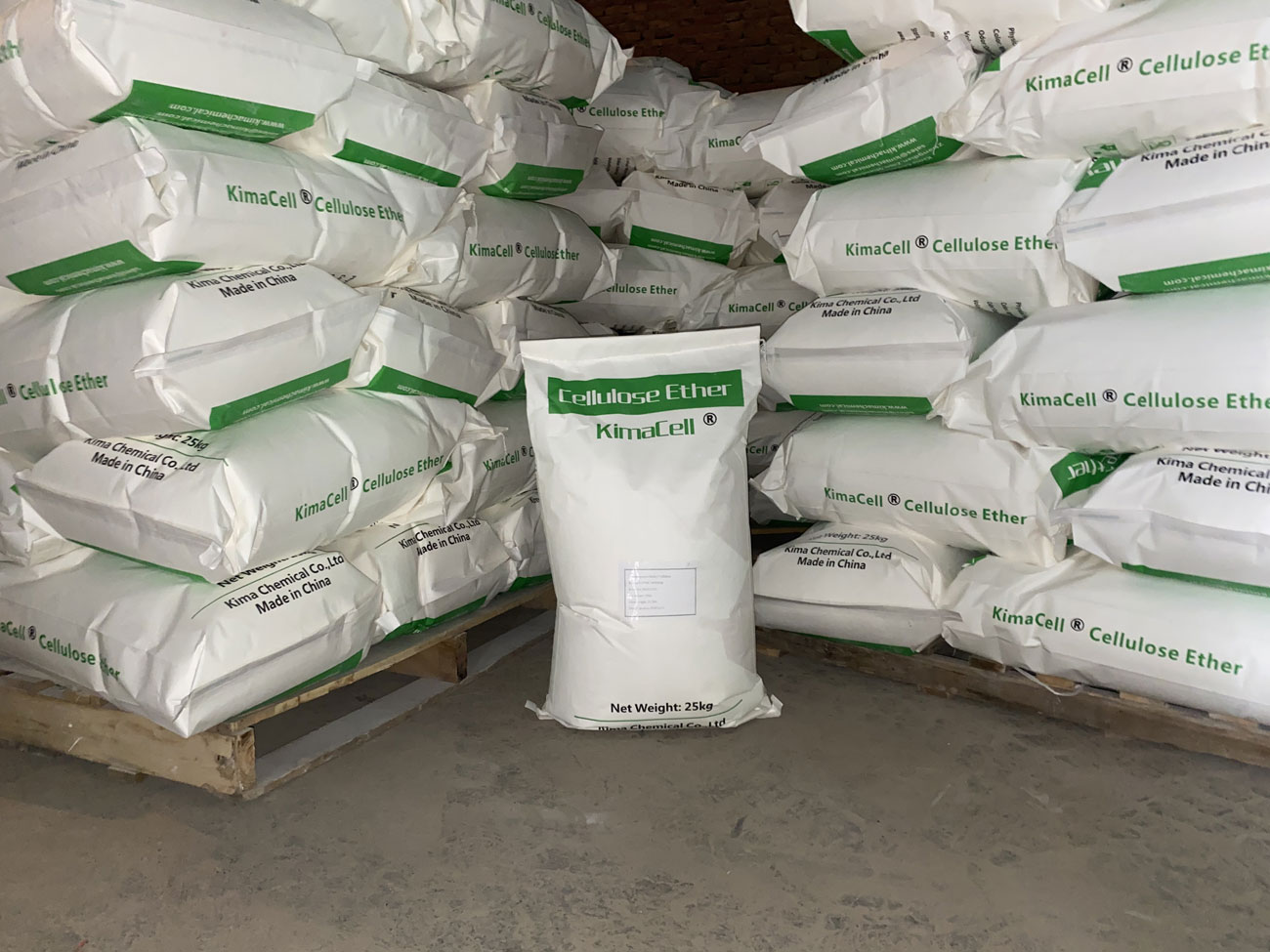
Hydroxypropyl methyl cellulose ether (HPMC) for dry powder mortar
The Chinese name of HPMC is hydroxypropyl methylcellulose. It is non-ionic and is often used as a water-retaining agent in dry-mixed mortar. It is the most commonly used water-retaining material in mortar. The production process of HPMC is mainly a polysaccharide-based ether product produced by a...Read more -
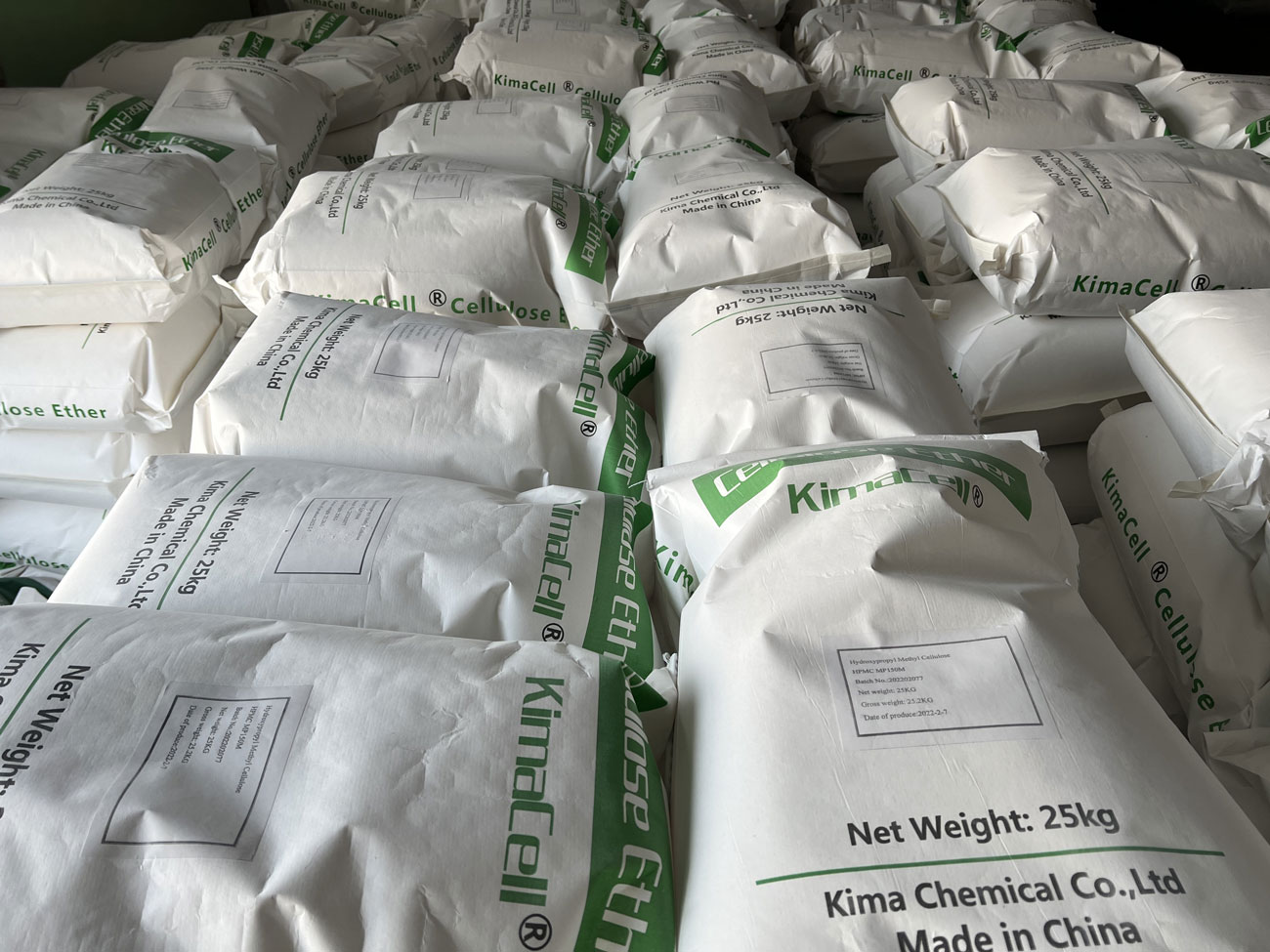
Hydroxypropyl Methyl Cellulose Ether (HPMC)
Features: ① With good water retention, thickening, rheology and adhesion, it is the first choice raw material for improving the quality of building materials and decorative materials. ②Wide range of uses: due to complete grades, it can be applied to all powder building materials. ③Small dosa...Read more -
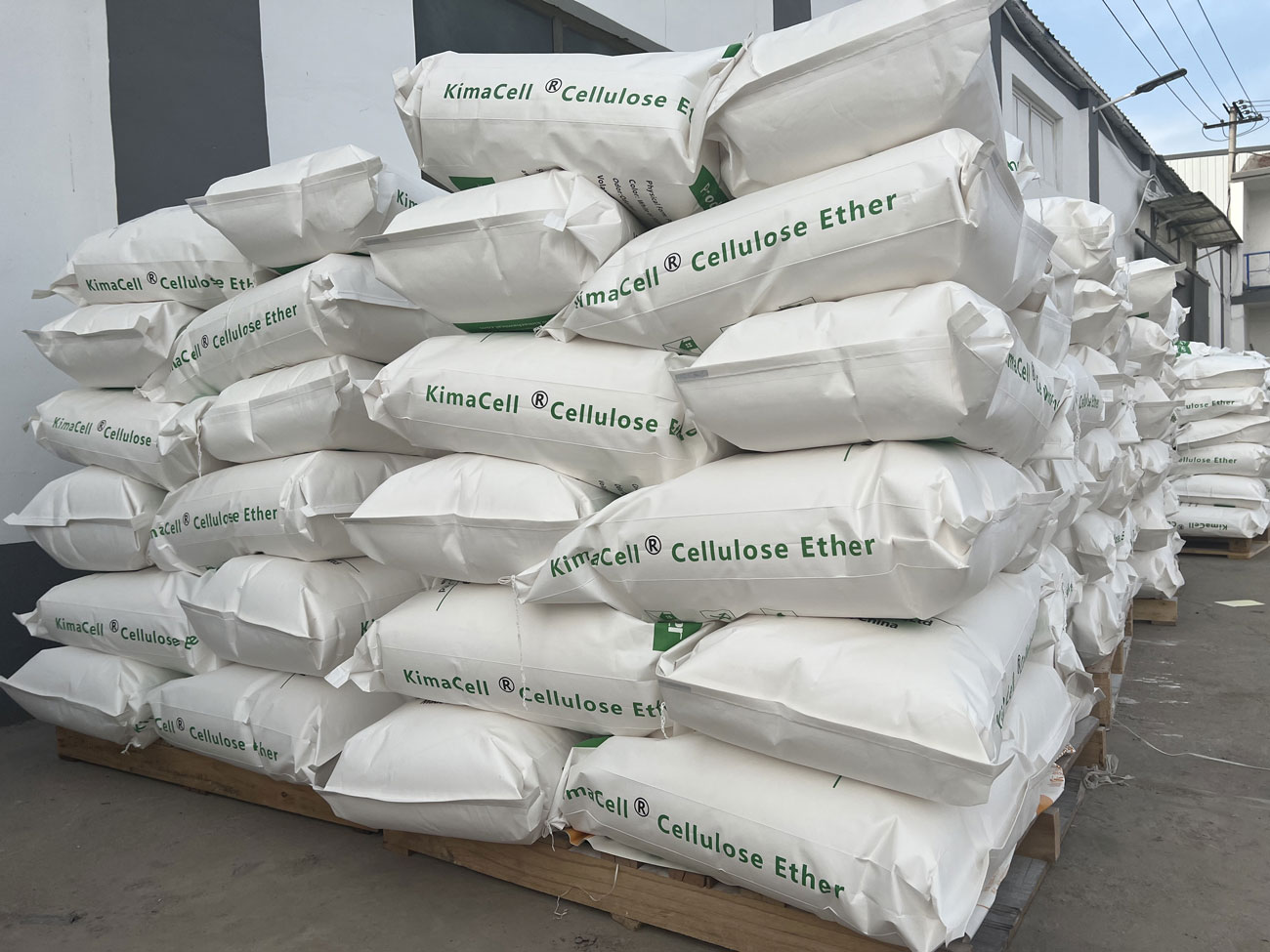
Application of Cellulose Ether in Hot Melt Extrusion Technology
Joseph Brama invented the extrusion process for the production of lead pipes in the late 18th century. It was not until the middle of the 19th century that hot-melt extrusion technology began to be used in the plastics industry. It was first used in the production of insulating polymer coatings f...Read more -
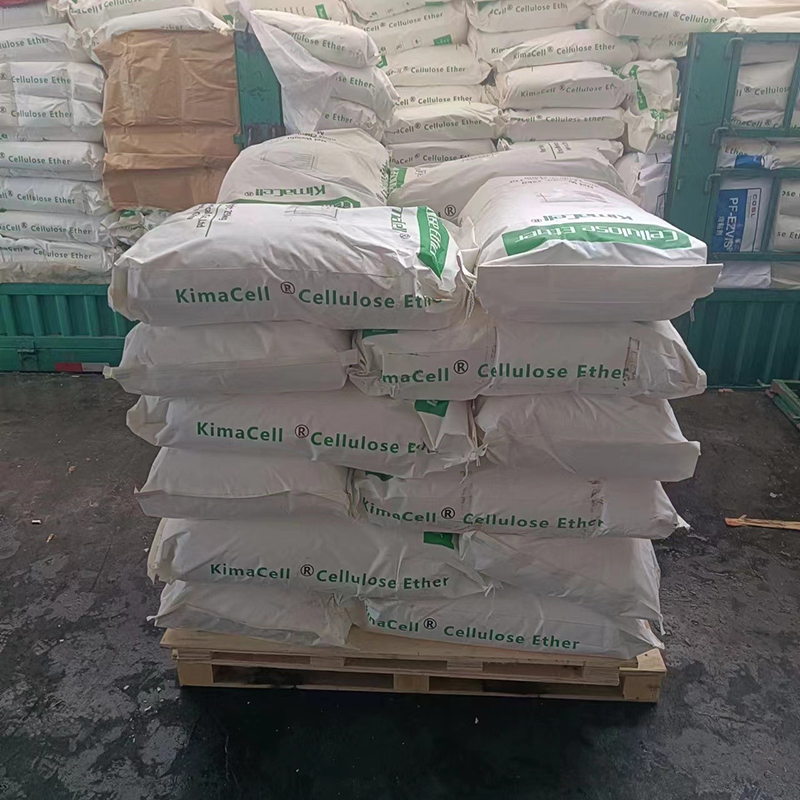
Etherification Synthetic Principle of Hydroxypropyl Methyl Cellulose (HPMC)
Hydroxypropyl methylcellulose (HPMC), raw cellulose, can be refined cotton or wood pulp, it is very necessary to crush it before alkalization or during alkalization, and the crushing is through mechanical energy Destroy the aggregate structure of cellulose raw materials to reduce the degree of cr...Read more -

Hydroxypropyl methyl cellulose ether for construction
Product characteristics of hydroxypropyl methylcellulose for construction Soluble in water and some organic solvents. Can be dissolved in cold water. Its maximum concentration only depends on the viscosity. The solubility changes with the viscosity. The lower the viscosity, the greater the solubi...Read more -
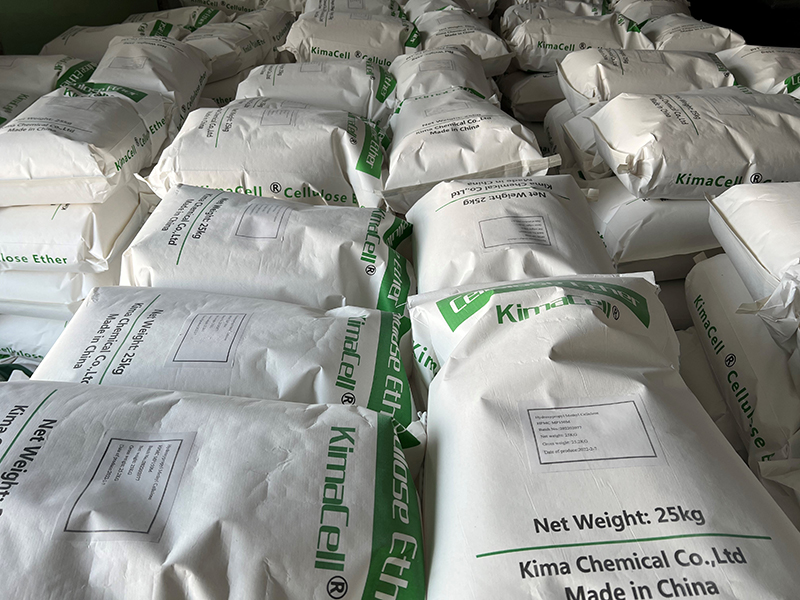
Properties of pharmaceutical grade HPMC
1. The basic properties of HPMC Hypromellose, full name hydroxypropyl methylcellulose, alias HPMC. Its molecular formula is C8H15O8-(C10Hl8O6)n-C8Hl5O8, and its molecular weight is about 86000. This product is a semi-synthetic material, which is part of methyl and part of polyhydroxypropyl ether ...Read more -
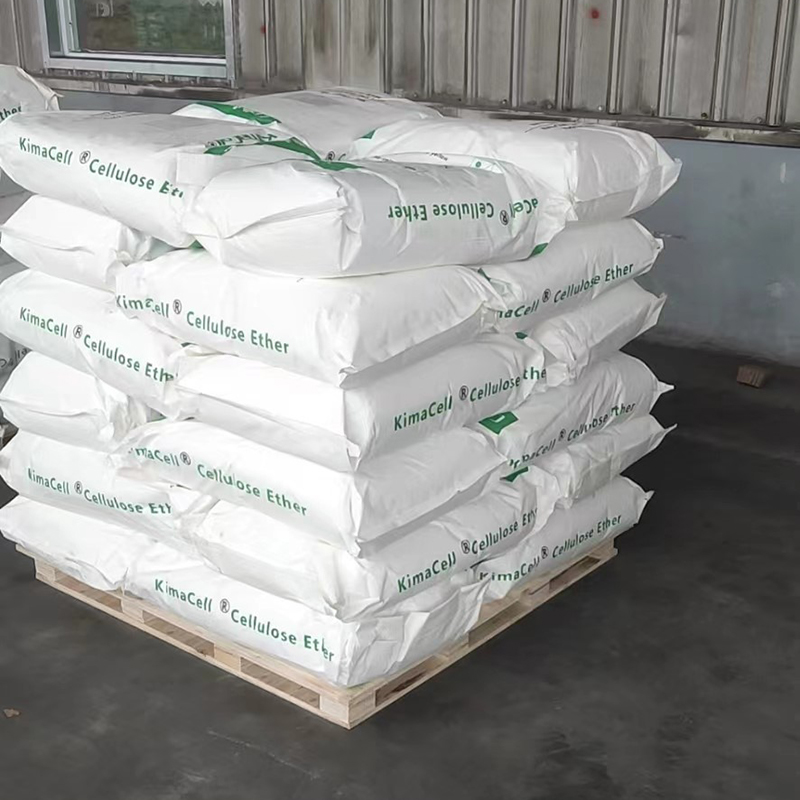
Sodium carboxymethyl cellulose properties and product introduction
Sodium carboxymethyl cellulose, referred to as carboxymethyl cellulose (CMC) is a kind of high-polymer fiber ether prepared by chemical modification of natural cellulose. Its structure is mainly D-glucose unit through β (1→4) The keys are linked together. CMC is white or milky white fibrous powde...Read more -
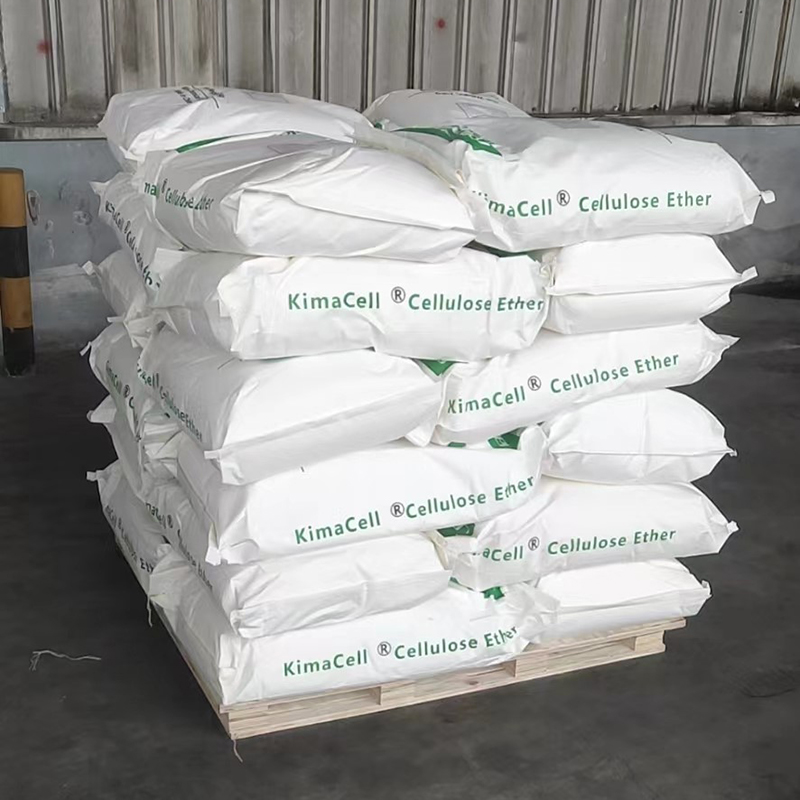
Dissolution and dispersion of CMC products
Mix CMC directly with water to make a pasty glue for later use. When configuring CMC glue, first add a certain amount of clean water into the batching tank with a stirring device, and when the stirring device is turned on, slowly and evenly sprinkle CMC into the batching tank, stirring continuous...Read more

- Email Support sales@kimachemical.com
- Call Support +86-15169331170









